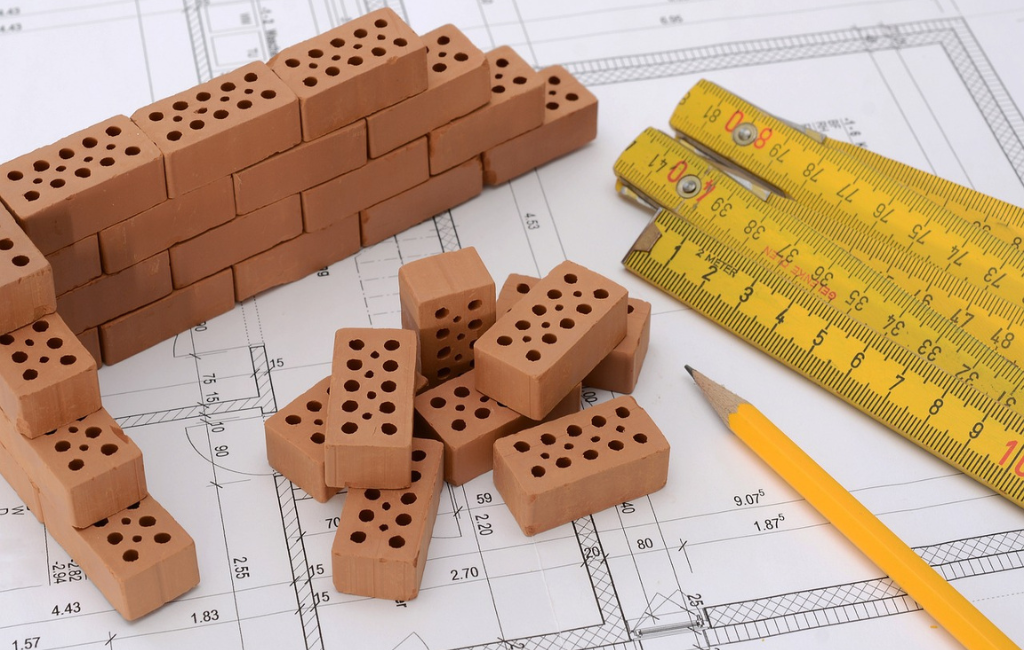Visionary Designs: The Role of an Architect
Architecture is more than just the creation of buildings; it is the art and science of designing spaces that inspire, function, and endure. Architects play a pivotal role in shaping the built environment, influencing how we live, work, and interact with the world around us. This article explores the multifaceted role of architects, highlighting their impact on society, the environment, and the economy.
The Architect’s Vision
An architect’s vision is the cornerstone of any successful project. This vision encompasses not only the aesthetic appeal of a structure but also its functionality, sustainability, and integration with its surroundings. Architects must balance creativity with practicality, ensuring that their designs meet the needs of clients and communities.
Balancing Aesthetics and Functionality
One of the primary challenges architects face is balancing aesthetics with functionality. A building must be visually appealing while serving its intended purpose efficiently. For example, the Guggenheim Museum in Bilbao, designed by Frank Gehry, is renowned for its striking design and has become a cultural landmark. At the same time, it provides functional spaces for exhibitions and events.
Sustainability in Design
Sustainability is a key consideration in modern architecture. Architects are increasingly incorporating eco-friendly materials and energy-efficient systems into their designs. The Bullitt Center in Seattle, designed by Miller Hull Partnership, is a prime example of sustainable architecture. It features solar panels, rainwater harvesting, and composting toilets, making it one of the greenest commercial buildings in the world.
Impact on Society
Architects have a profound impact on society by shaping the spaces where people live, work, and gather. Their designs can influence social interactions, community cohesion, and overall quality of life.
Creating Inclusive Spaces
Inclusive design is an important aspect of modern architecture. Architects strive to create spaces that are accessible and welcoming to all individuals, regardless of their physical abilities. The Ed Roberts Campus in Berkeley, California, designed by Leddy Maytum Stacy Architects, is a model of inclusive design. It features wide corridors, tactile signage, and accessible workspaces, ensuring that everyone can navigate and use the building comfortably.
Revitalizing Communities
Architects play a key role in revitalizing communities through urban renewal projects. By transforming neglected areas into vibrant spaces, they can stimulate economic growth and improve residents’ quality of life. The High Line in New York City, designed by James Corner Field Operations and Diller Scofidio + Renfro, is a prime example. This elevated park has revitalized the surrounding neighborhoods, attracting tourists and boosting local businesses.
Economic Contributions
Architecture significantly contributes to the economy by creating jobs, stimulating investment, and enhancing property values. Well-designed buildings can attract businesses, residents, and tourists, driving economic growth.
Job Creation
The construction and maintenance of buildings generate numerous jobs in various sectors, including construction, engineering, and interior design. According to the U.S. Bureau of Labor Statistics, the architecture and engineering sector employed over 2.5 million people in 2020, highlighting the industry’s economic importance.
Stimulating Investment
Architectural projects often attract significant investment from both public and private sectors. Iconic buildings and well-planned urban developments can draw investors, leading to further economic development. The Marina Bay Sands in Singapore, designed by Moshe Safdie, is an example of how a landmark project can attract investment and boost tourism, contributing to the local economy.
Case Studies
Examining specific architectural projects can provide valuable insights into the role of architects and the impact of their work.
The Sydney Opera House
The Sydney Opera House, designed by Jørn Utzon, is one of the most recognizable buildings in the world. Its innovative design and engineering have made it a symbol of Australia. The project faced numerous challenges, including budget overruns and construction delays, but its completion has had a lasting impact on Sydney’s cultural and economic landscape.
The Burj Khalifa
The Burj Khalifa in Dubai, designed by Adrian Smith of Skidmore, Owings & Merrill, is the tallest building in the world. Its construction required cutting-edge engineering and design techniques. The Burj Khalifa has become a symbol of Dubai’s ambition and has significantly boosted tourism and investment in the region.
Conclusion
Architects play a vital role in shaping the built environment, influencing society, the economy, and the natural world. Their visionary designs balance aesthetics, functionality, and sustainability, creating spaces that inspire and endure. Through their work, architects contribute to the revitalization of communities, the creation of inclusive spaces, and the stimulation of economic growth. As we look to the future, the role of architects will continue to evolve, driven by advancements in technology, changing societal needs, and a growing emphasis on sustainability.
